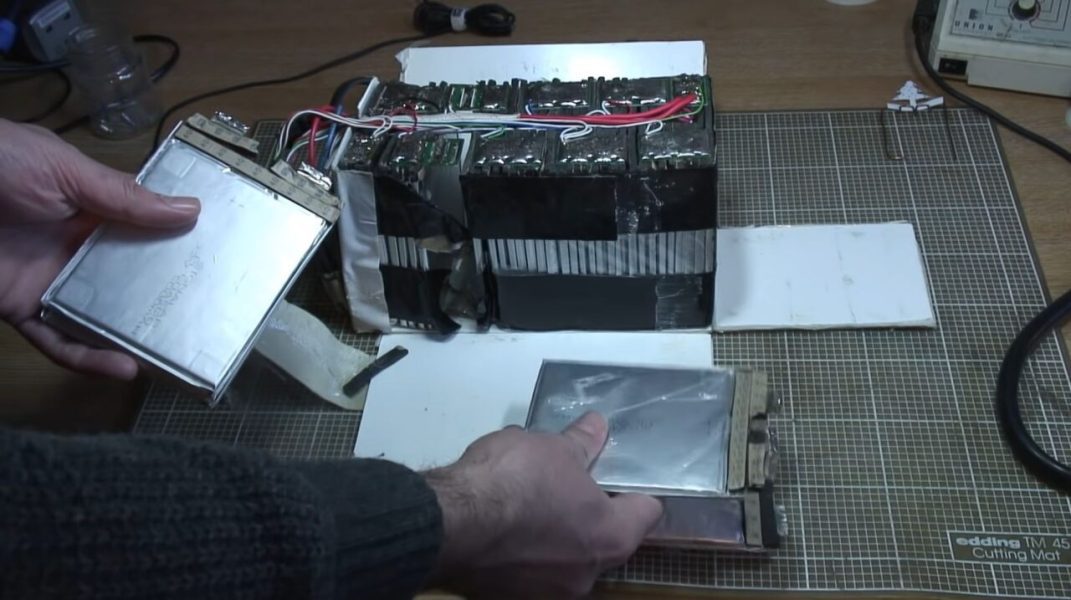
Penn: We have an ultra-fast way to charge LiFePO4 cells: +2 400 km / h. Degradation? Mileage 3,2 million km!
Content
Scientists from Pennsylvania State University have found a way to ultra-fast charging batteries based on lithium iron phosphate cells (LFP, LiFePO4). Thanks to the appropriate design, they are able to cover a distance of up to 400 kilometers in 10 minutes (+2 km / h), which corresponds to a charging capacity of about 400 C.
LFP cells as an opportunity for cheap and efficient electric vehicles
Table of contents
- LFP cells as an opportunity for cheap and efficient electric vehicles
- Nissan Leaf II as Porsche: excellent acceleration, super fast charging
We've written many times about the benefits of LFP cells: they're cheaper than NCA/NCM - and they promise well when it comes to further price cuts - they're safer, degrade slower, and allow full charge cycles without impacting capacity degradation. Their disadvantages are lower specific energy and less ability to accelerate charging. It seems that a lot has happened recently in both the first (link below) and the second (further content of the article).
> Guoxuan: We have reached 0,212 kWh / kg in our LFP cells, we go further. These are NCA / NCM sites!
Pennsylvania researchers have found a way increase in battery charging power based on LFP cells... Well, they wrapped the cells in a thin nickel foil connected to one of the battery electrodes. When charging starts, an electric current flows through them. The foil heats the cells (inside the battery) to 60 degrees Celsius. and only after that does the process of replenishing energy begin.
Since the heat does not come from the inside of the cell, but is the result of an additional heater, there is no apparent problem with lithium dendrite growth.
The researchers say that with the heated cells they will be able to replenish Cruising range of 400 kilometers in 10 minutes (+2 400 km / h)... They cannot boast of specific charging power values, but taking into account that the currently desired battery capacity should correspond to the range of 400-500 kilometers, charging power should be 4,8-6 C. When discharging - still with hot cells - it promises to be able to generate 300kW of power from a 40kWh (7,5°C, source) battery.
High power charging must be completely safe for the described cells. Scientists promise up to 3,2 million kilometers, that is, with the above range (400-500 km) service life 6-400 full operating cycles.
Nissan Leaf II as Porsche: excellent acceleration, super fast charging
To understand what all of the above parameters mean, let's set them up to the first car on the edge. Imagine Nissan Leafa II with the above battery... With a [total] capacity of 40 kWh, the battery will be able to deliver up to 300 kW (408 hp) of power, which, even with losses, gives about 250 kW (340 hp) on wheels.
Such a car, if it could only maintain traction, would have performance similar to Porsche Boxster and will allow replenishing the energy supply up to about 240 kW. And a battery that heats up while driving would be an advantage, not a disadvantage, because it would not need to be reheated for maximum efficiency.
Discovery photo: illustrative, testing of LFP cells (at) Jim Conner / YouTube

This may interest you:
